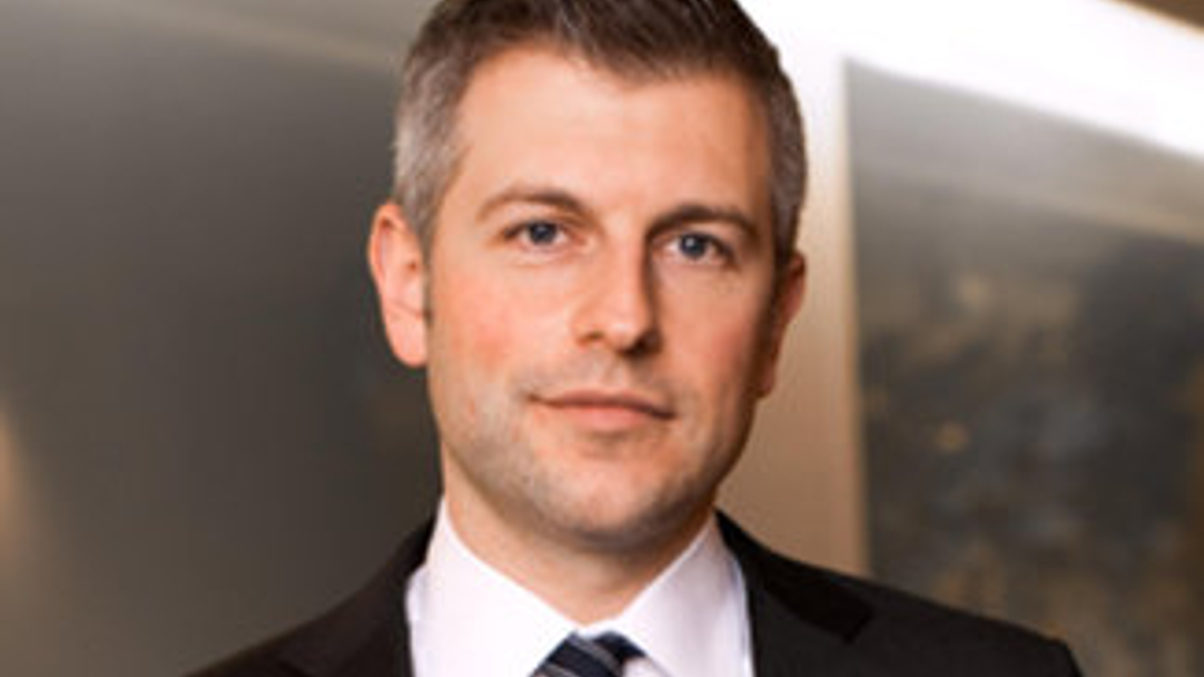Asian IAM assets to double by 2020: Julius Baer
The region’s independent asset managers are tipped to account for a significantly bigger share of investable portfolios in the coming five years, from clients within and outside Asia.

The nascent independent asset manager (IAM) industry in Hong Kong and Singapore is set to double to $56 billion by 2020, and its share of wealthy clients’ assets will expand in turn, according to new research from Swiss private bank Julius Baer.
Sign in to read on!
Registered users get 2 free articles in 30 days.
Subscribers have full unlimited access to AsianInvestor
Not signed up? New users get 2 free articles per month, plus a 7-day unlimited free trial.
¬ Haymarket Media Limited. All rights reserved.


